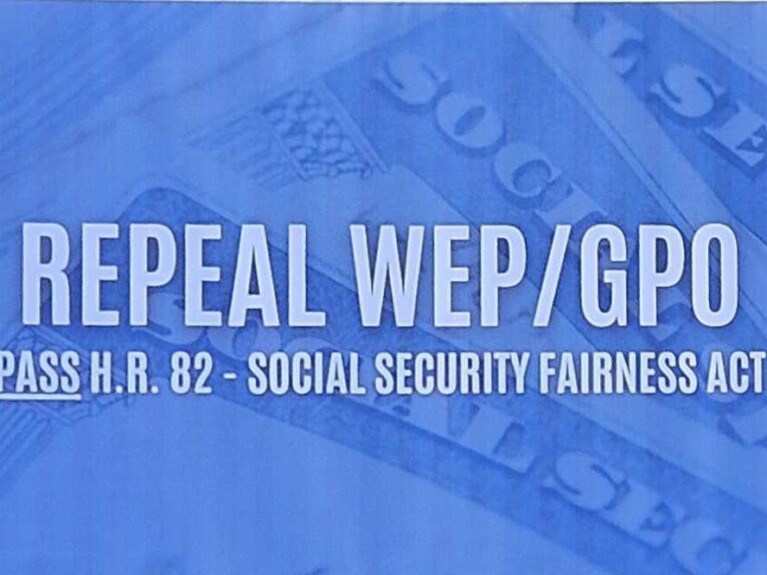Double Whammy for Federal Retirees: No COLA Leads to Disproportionate Medicare Premium Increase
| FOR IMMEDIATE RELEASE | Contact: Jessica Klement |
| October 15, 2015 | 703-838-7760 |
| jklement@narfe.org |
Alexandria, VA – Federal retirees received a “double whammy” of bad news today, said NARFE President Richard G. Thissen. With the announcement by the U.S. Bureau of Labor Statistics (BLS) that there will be no cost-of-living adjustment (COLA) to federal civilian and military retirement annuities and Social Security benefits in 2016, “not only will federal retirees not see an increase in their annuities next year, but they also will be paying 50 percent more than most other seniors in Medicare Part B premiums, due to the so-called ‘hold harmless’ provision of Social Security law,” Thissen said.
“NARFE implores the White House and Congress to prevent this unfair and disproportionate Medicare premium increase for federal retirees and millions of others,” he said. “Both the Administration and Congress have the authority to keep the increase from going fully into effect, and I urge them to do so quickly.”
Under the hold harmless provision of the Social Security Act, the dollar increase in Medicare Part B premiums is limited to the dollar increase in an individual’s Social Security benefit. Without a COLA for Social Security benefits, about 70 percent of beneficiaries will be held harmless from any increase in their Medicare Part B premiums, so the premiums will remain stable at $104.90 per month for most beneficiaries.
However, the remaining 30 percent of Part B beneficiaries who are not held harmless, including federal retirees who are covered by the Civil Service Retirement System (CSRS) and who do not receive Social Security benefits, will shoulder the full cost of the 2016 premium increase. As projected by the Medicare Trustees, these individuals will see their premiums rise 52 percent, from $104.90 to $159.30 per month. If the hold harmless provision did not exist, all beneficiaries would see a much smaller increase of 15 percent, to $120.70 per month.
“This is about more than just money, it is about basic fairness,” Thissen continued. “There is no reason why two people with the same income should pay different Medicare premiums based on whether the money is coming from a Social Security check or a checking account.”
NARFE has joined with 69 other organizations to call for a solution to this inequity and supports two bills that apply the effect of the hold harmless provision to all Medicare beneficiaries – H.R. 3696, the Medicare Premium Fairness Act, introduced by Rep. Dina Titus, D-NV, and S. 2148, the Protecting Medicare Beneficiaries Act of 2015, introduced by Sen. Ron Wyden, D-OR.
“Today’s news also highlights why Congress should require use of the CPI-E as the measurement for setting COLAs,” Thissen added. NARFE contends that the current measure, the Consumer Price Index for Urban Wage Earners and Clerical Workers (CPI-W), fails to accurately reflect changes in consumer prices experienced by seniors, particularly those related to health care. On top of a large increase in Medicare premiums, federal retirees are facing an average increase of over 7 percent in their Federal Employees Health Benefits Program premiums. Any COLA measurement must account for how seniors spend their money. “This announcement should put to rest the argument that we should save money on the backs of seniors by moving to the Chained CPI as the COLA determinant,” Thissen added.
For additional information, visit the NARFE webpage dedicated to the Medicare Part B premium issue, where members can read updates and take action. The site also contains an issue brief that explains the matter in greater depth.
# # #
The National Active and Retired Federal Employees Association (NARFE), one of America’s oldest and largest associations, was founded in 1921 with the mission of protecting the earned rights and benefits of America’s active and retired federal workers. The largest federal employee/retiree organization, NARFE represents the interests of nearly five million current and future federal annuitants, spouses and survivors.


